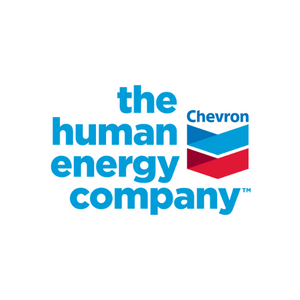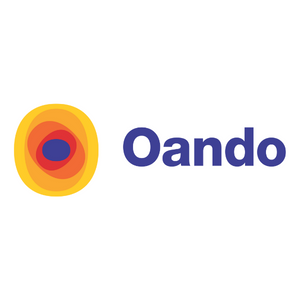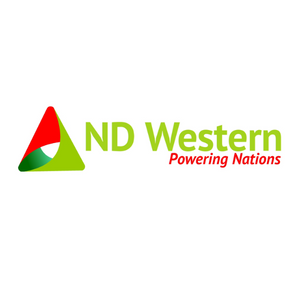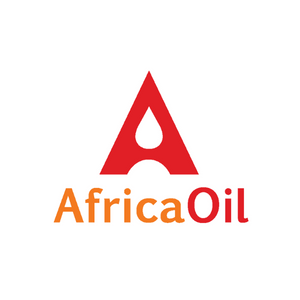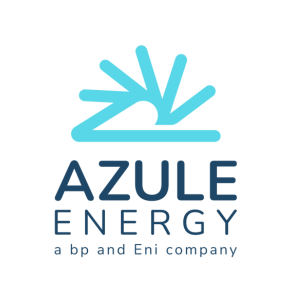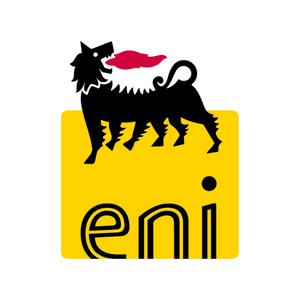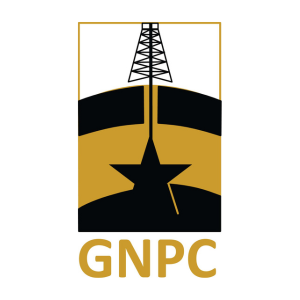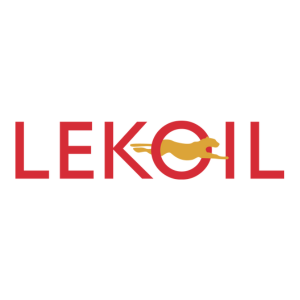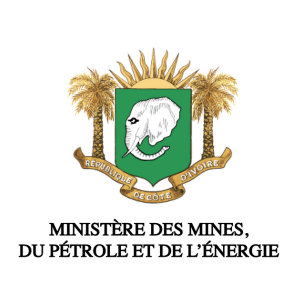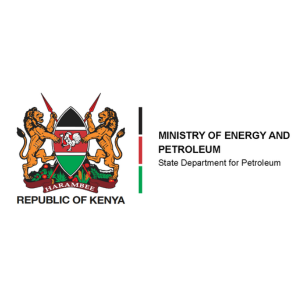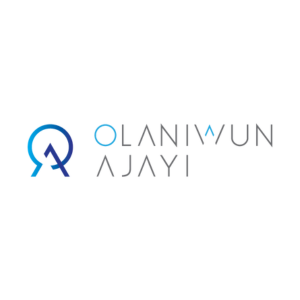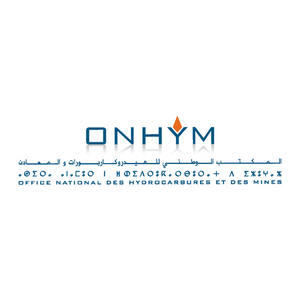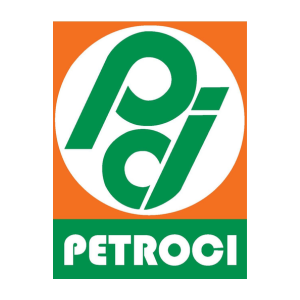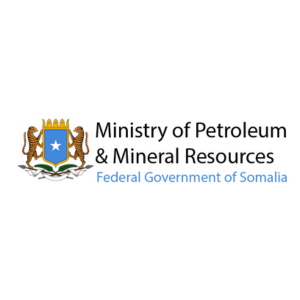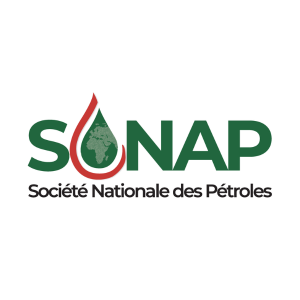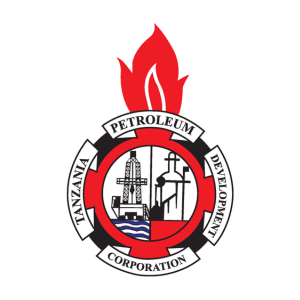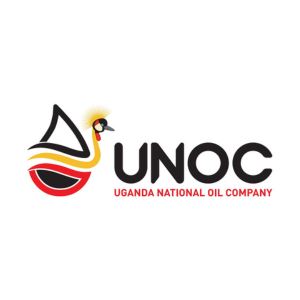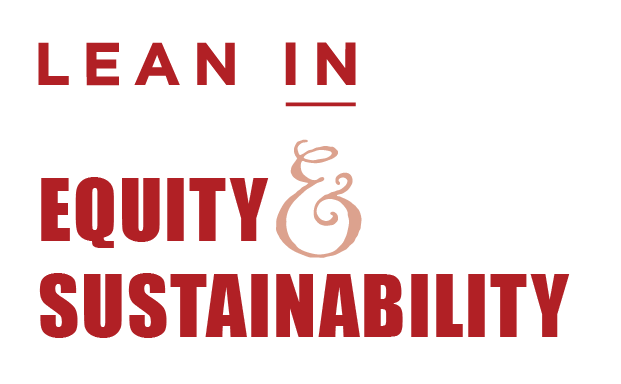Heading back to the north of the continent, our Africa-spanning roundup of the key markets to watch takes us to Egypt – home to some of the biggest natural gas discoveries of recent years.
Egypt is the largest non-OPEC oil producer in Africa and the continent’s second largest gas producer after Algeria. Being one of the region’s oldest upstream sectors — its first exploration in 1860 and commercial production in 1909 — Egypt’s a mature oil and gas producer. In terms of IOC and investor incentive, the country boasts:
>> onshore operating costs at less than US$10 a barrel
>> well established infrastructure with significant spare production capacity
>> a drilling success rate which has remained above 25% in the last 20 years
>> attractive fiscal terms
It is therefore no surprise that investors, and a wide variety of IOCs, are continually attracted to Egypt’s regular and successful oil and gas exploration licensing rounds. The government and major IOCs have recently been talking of increasing exploration investment in order to boost both production and reserves.
In late 2016, the oil ministry signed three offshore Mediterranean exploration agreements — North El Hammad (US$80m), North El Tabya (US$65m), and North Ras El Esh (US$75m) — with various combinations of BP, Total, and Eni’s local IEOC subsidiary involved.
Since 2013, Egypt has entered into 76 new exploration agreements with IOCs that have an overall investment totalling around US$15.3bn.
Over the past decade Egypt has struggled with its domestic demand for power outstripping actual gas production, which resulted in gas exports regularly being curtailed so that it could be diverted into the domestic grid.
However, the country’s financial problems since the Arab Spring have meant that the debts — or receivables as they are known in Egypt — owed by the government to the IOCs for gas sales have grown alarmingly. This, in turn, has meant that some IOCs have refused to continue with any further investment until the outstanding receivables are paid.
The government has now stabilised the economy and is repaying its debts to the IOCs under an agreed schedule. It is therefore expected that, in the not too distant future, Egypt will once again be self-sufficient in gas, and is hoping to resume exports in the next few years.
Egypt provides investors with an array of oil and gas opportunities, which explains the extent of IOCs — whether they are single asset companies or super-majors — working throughout the country. Oil production is principally focused on the Gulf of Suez and Western Desert, whilst offshore discoveries in the Nile Delta have established Egypt as one of the region’s key gas producing areas.
A number of recent discoveries have added to the positive outlook for the oil sector. In August 2016, Shell announced that it had tapped a new gas field, with reserves of 500bcf, at its Alam El Shawish concession, making it one of the largest, most recent discoveries in the Western Desert.
It will initially produce 20 Mcf/d; with a plan to rise to 60 Mcf/d once drilling is completed. Shell has stated that it will increase its rigs from two to four and will drill nine discovery wells throughout 2017, but could be increased depending on seismic results.
The super-giant Zohr gas field was discovered in August 2015 by Eni, who described it as a ‘game changer’. The deep-water field — located 120 kms off the Mediterranean coast in the Shorouk concession, and due to start production at the end of 2017 — is estimated to contain reserves of 30 Tcf of gas, making it the largest field in the Mediterranean.
With Egypt fearing that it had originally missed out on the East Med gas bonanza — and that it would have to start importing gas from Israel or Cyprus — this find means that the country should now be able to meet its rising domestic demand for gas and hopefully resume exports by 2020.
The discovery has also led to growing optimism both in the domestic oil sector, and amongst current and prospective investors.
>> onshore operating costs at less than US$10 a barrel
>> well established infrastructure with significant spare production capacity
>> a drilling success rate which has remained above 25% in the last 20 years
>> attractive fiscal terms
It is therefore no surprise that investors, and a wide variety of IOCs, are continually attracted to Egypt’s regular and successful oil and gas exploration licensing rounds. The government and major IOCs have recently been talking of increasing exploration investment in order to boost both production and reserves.
In late 2016, the oil ministry signed three offshore Mediterranean exploration agreements — North El Hammad (US$80m), North El Tabya (US$65m), and North Ras El Esh (US$75m) — with various combinations of BP, Total, and Eni’s local IEOC subsidiary involved.
Since 2013, Egypt has entered into 76 new exploration agreements with IOCs that have an overall investment totalling around US$15.3bn.
Over the past decade Egypt has struggled with its domestic demand for power outstripping actual gas production, which resulted in gas exports regularly being curtailed so that it could be diverted into the domestic grid.
However, the country’s financial problems since the Arab Spring have meant that the debts — or receivables as they are known in Egypt — owed by the government to the IOCs for gas sales have grown alarmingly. This, in turn, has meant that some IOCs have refused to continue with any further investment until the outstanding receivables are paid.
The government has now stabilised the economy and is repaying its debts to the IOCs under an agreed schedule. It is therefore expected that, in the not too distant future, Egypt will once again be self-sufficient in gas, and is hoping to resume exports in the next few years.
Egypt's recent oil & gas discoveries
Egypt provides investors with an array of oil and gas opportunities, which explains the extent of IOCs — whether they are single asset companies or super-majors — working throughout the country. Oil production is principally focused on the Gulf of Suez and Western Desert, whilst offshore discoveries in the Nile Delta have established Egypt as one of the region’s key gas producing areas.
A number of recent discoveries have added to the positive outlook for the oil sector. In August 2016, Shell announced that it had tapped a new gas field, with reserves of 500bcf, at its Alam El Shawish concession, making it one of the largest, most recent discoveries in the Western Desert.
It will initially produce 20 Mcf/d; with a plan to rise to 60 Mcf/d once drilling is completed. Shell has stated that it will increase its rigs from two to four and will drill nine discovery wells throughout 2017, but could be increased depending on seismic results.
The super-giant Zohr gas field was discovered in August 2015 by Eni, who described it as a ‘game changer’. The deep-water field — located 120 kms off the Mediterranean coast in the Shorouk concession, and due to start production at the end of 2017 — is estimated to contain reserves of 30 Tcf of gas, making it the largest field in the Mediterranean.
With Egypt fearing that it had originally missed out on the East Med gas bonanza — and that it would have to start importing gas from Israel or Cyprus — this find means that the country should now be able to meet its rising domestic demand for gas and hopefully resume exports by 2020.
The discovery has also led to growing optimism both in the domestic oil sector, and amongst current and prospective investors.

